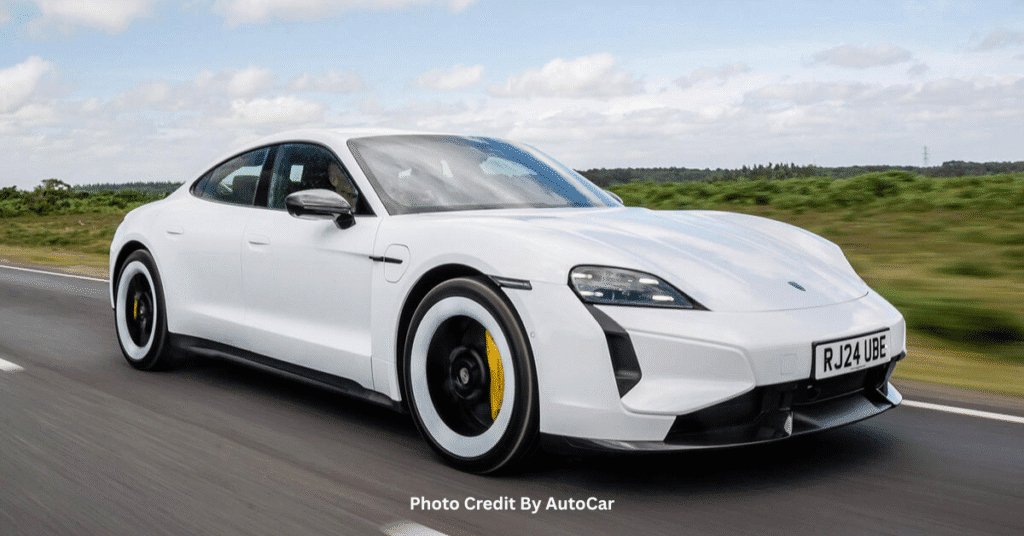Harder Better Faster Stronger
Porsche Taycan Not just the words of a famous Daft Punk song but actually also the philosophy of Porsche’s design team when it came to building this—the next version of the Taycan.
Their words were actually “higher, faster, further,” but close enough. After selling 150,000 units, they’re back with what is apparently superior in every way—delivering more power, more standard equipment, better efficiency, and bigger batteries.
In fact, in the case of this new Porsche Taycan rear-wheel drive, they say it will deliver a monster range of 510 miles. That sounds like a typo—hang on a second. Yeah, no, they’re claiming 510 miles in city driving. Anyway, on a mixture of roads, apparently, this thing will do 421 miles, which is kind of crazy because the previous version did, what, 260?
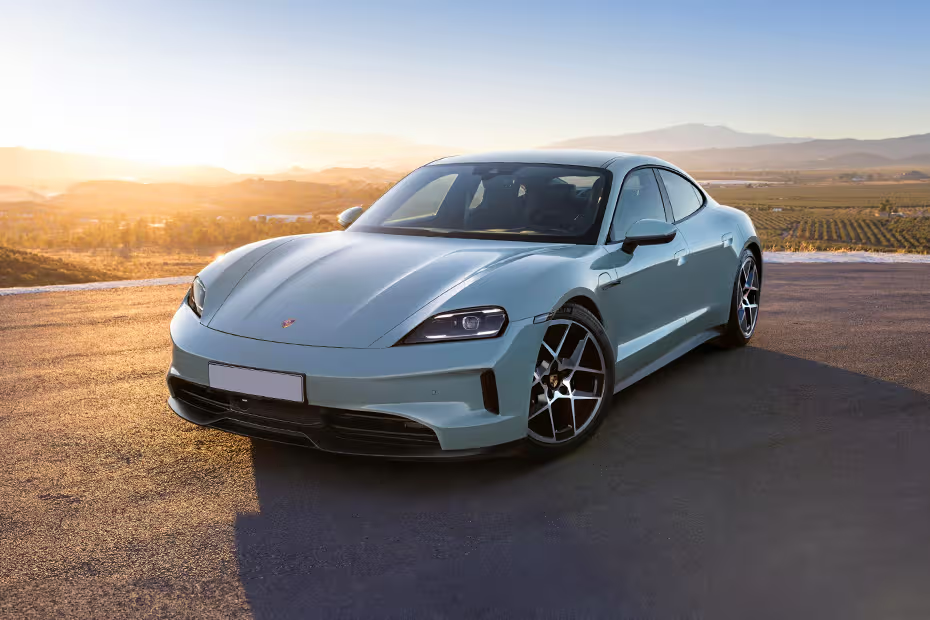
Sounds almost too good to be true, doesn’t it? And we will investigate those range claims in just a moment. But quick Public Service Announcement: if you want a brand-new electric car of your own, Auto Trader can help you lease one. Check out our website via the link down below—we’ve got some incredible in-stock deals right now ready to go.
Exterior
Now, in terms of looks, I don’t know if you remember, but the previous car had what looked like tears running down its face. Those are now gone, and what we get is a car that looks slightly less interesting. If you ask me, it kind of reminds me of a Tesla Model 3, and that’s not necessarily a compliment.
The lights are now completely flat instead of being indented slightly, but they are still interesting in the sense that the previous generation headlights had 84 individual pixels—this one has 32,000. That’s not a typo.
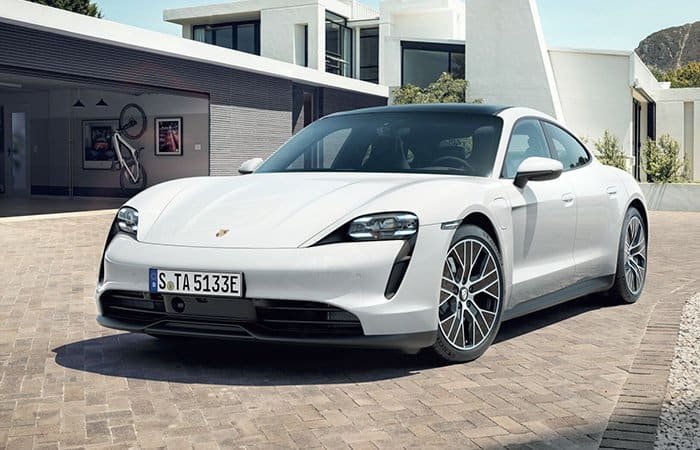
That’s not always necessarily a good thing, though, because, as you might have heard in the news, there are people out there—criminals, should we say—who have taken to stealing Taycan headlights to, uh, grow their illicit crops, if you know what I’m talking about. Apparently, these are super bright but also very, very efficient. They don’t let out a lot of heat, and that’s ideal for urban farmers.
However, it’s also ideal for drivers. Apparently, these can cast a beam up to 600 meters into the distance, lighting up everything in front of you. Or they can narrow everything down to light up only your specific lane in order not to blind people at the side of the road. Very, very clever.
Around the side, you get a nice little premium touch. It was available on the higher-end versions—the 4S and the Turbo—but now it’s also on the rear-wheel-drive: motorized charge ports on both sides of the car, which makes it look that little bit more fancy, I think.
The car now comes with air suspension as standard instead of the steel suspension you got on the entry-level car. And also, you can specify it with these aerodynamically optimized wheels, which apparently add 40 km of range regardless of whether you go for the 19s, the 20s, or the 21s. These, if you’re wondering, are the 20s.
Around the back, not much has changed really. It just kind of looks like a standard Taycan unless you look very, very closely on some versions, where you will get this Porsche logo illuminated and also a light bar that can animate. Unfortunately, it’s not fitted to this particular vehicle, so I’m going to have to cut to some B-roll now to show you what that looks like. Quite fancy, isn’t it?
Interior
Inside, it hasn’t really changed much. You get a new animal-free interior option, as fitted here, a new drive mode switch on the steering wheel as standard, as well as a new cruise control lever on the left.
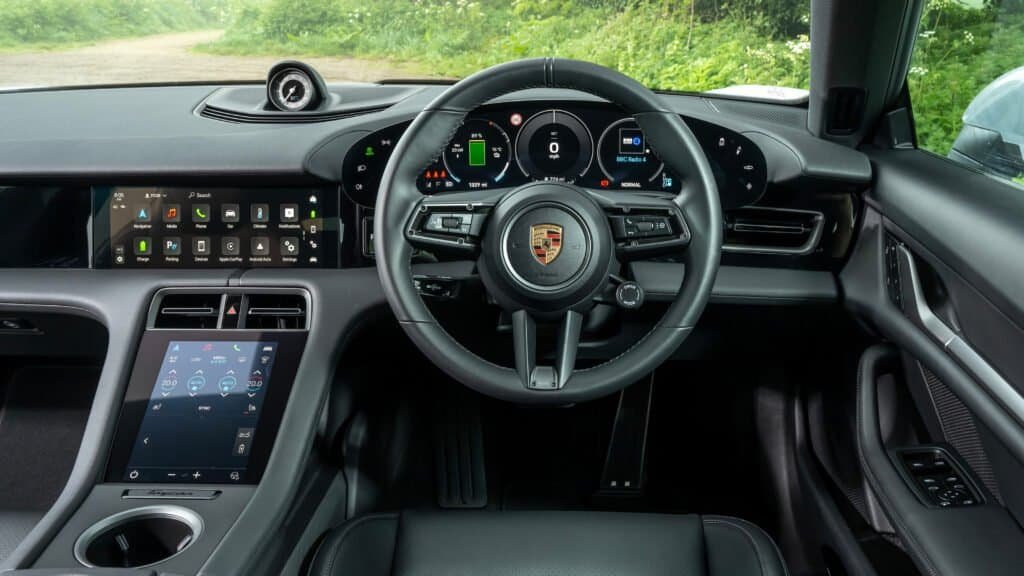
The driver screen has been updated and now shows how fast the car will charge at any given battery level. You can now watch videos on the central display as well as on the passenger screen. That aside, it’s business as usual.
Driving
Okay, I think it’s only right we go for a drive. And I know what you’re thinking—it’s a very powerful, sporty electric car, so it’s only right we do launch control, huh?
No, I’m not doing it. I’m not childish. I’m not that sort of person.
Fine.
Oh.
Yes.
Look, I can’t handle all this peer pressure, okay? I’m sick. I need help.
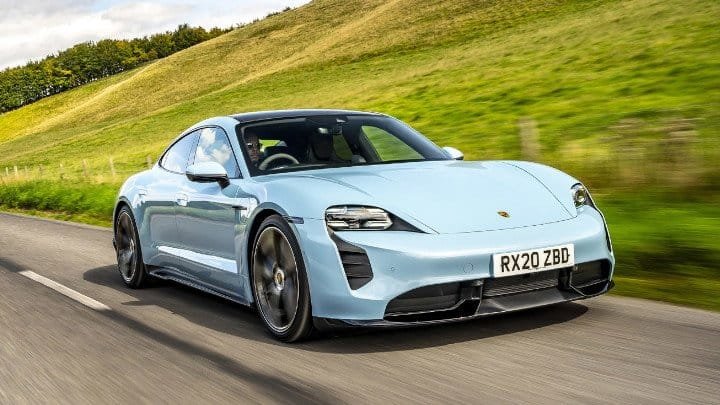
All versions of the Taycan are now more powerful and quicker than ever. It now uses an updated electric motor, helping deliver more power—in the case of the rear-wheel drive, 435 PS, an increase of 27. Torque has been bumped up by 75 Nm to 435.
And it does feel better. Harder. Faster. Stronger.
The previous version of the Taycan rear-wheel drive did 0 to 62 in 5.4 seconds. This one? 4.8. Proper sports car territory. And it comes with a new noise.
Listen to that—Porsche sports sound.
And what’s clever is that all versions of the Taycan—so rear-wheel drive, 4S, Turbo, and Turbo S—all have their own unique noise. I’m not sure whether it’s strictly necessary, but it does sound quite cool.
According to Porsche, they spent nearly half of this car’s development budget on improving performance and efficiency, which sounds quite noble.
Charging
320 kW is very, very fast. I think Tesla can go as fast as 250 kW. Lucid are claiming 300 kW. So this could be a bit of a world record if Porsche’s claims are correct.
I’ve come to an Ionity charger at this very glamorous service station where we’re going to put it to the test.
Now, one of the things to note is that this is Plug and Play, so I should just be able to plug it in, and the car will accept the charge without me faffing around with any credit cards or RFID cards.
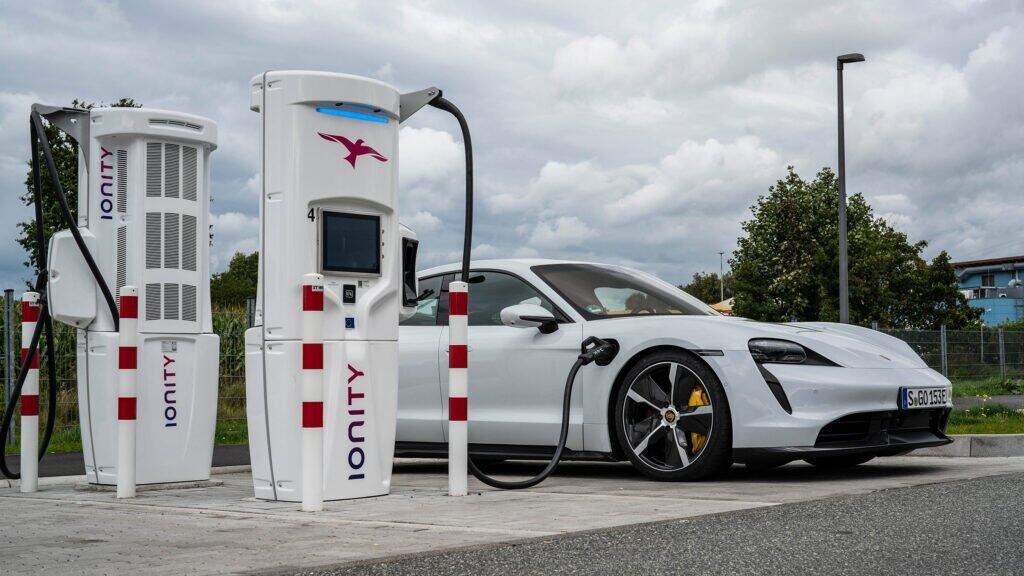
And one thing to note as well is that the car will actually start accepting current a lot quicker than before. The previous car took around a minute, a minute and a half before it started charging—this should start charging within about 30 seconds.
We’re going to keep an eye on the charge speed and see what happens. It should start reasonably slowly and then ramp up over time.
Let’s go check it out.
Okay, it says: connection okay. Initial… uh… I might change from Español to English. Mobility contract.
Plug and Play.
Why does this always happen with electric cars? You go there expecting it to be seamless, and then this happens.
Please check with your Mobility service. Have I got to check the car? Maybe I got to check the car.
No, the car’s fine.
They told me it was Plug and Play. They literally said, “Plug it in, it will start charging in 30 seconds.” It’s not happening, is it?
Bear with me. I’ll be back in a minute.
Make a call.
Apparently, I did have to check the car. The Plug and Charge feature was inadvertently switched off—not by me—so that needed correcting.
But by the time I’d got that sorted, the Ionity charge station stopped playing ball.
Verdict
So what does all of this cost you? The entry-level Taycan will set you back £86,500. Not cheap.
But Porsche says it’s better value and has more standard equipment—including the larger batteries, adaptive air suspension, parking assist with a reverse camera, folding side mirrors, electric charge flaps on both sides, heated seats, ambient lighting, intelligent range manager, the drive mode switch, and more.
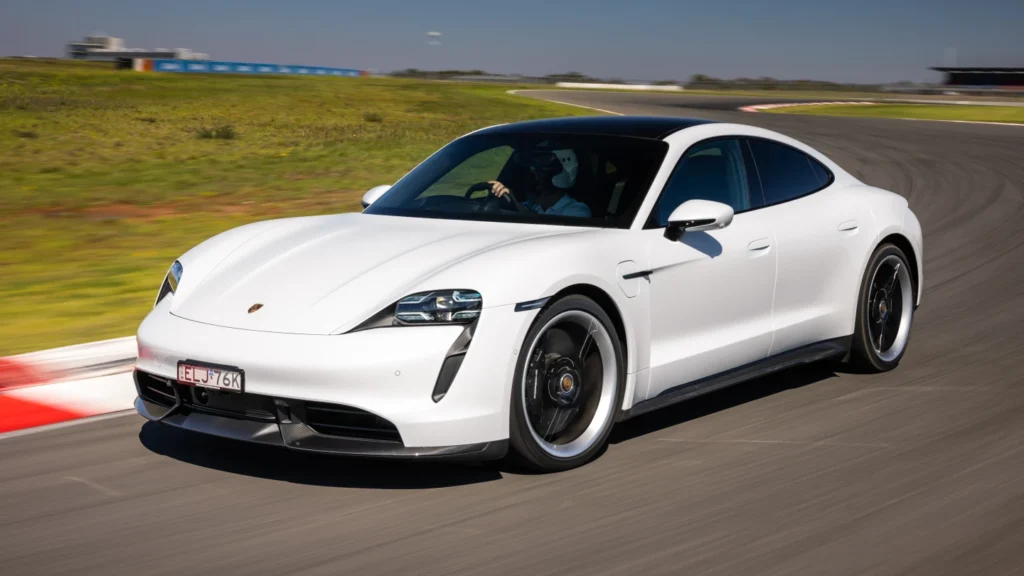
So what’s my verdict on the new Porsche Taycan rear-wheel drive?
Well, I’ve always loved this particular version of the Taycan. The only problem with it was the lack of grunt—it was a bit underpowered and not necessarily quick enough for an electric Porsche in my eyes. But the company has fixed that.
They’ve made it faster. Better. Harder. Stronger.
And it is now as much fun as it was always supposed to be.

